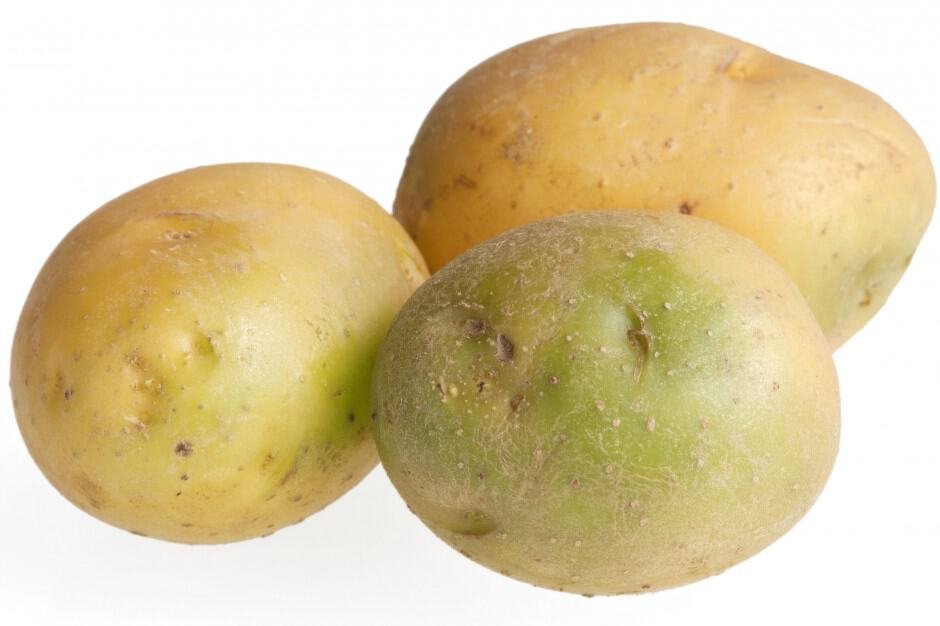Potatoes (Solanum tuberosum. Family – Solanaceae) are a good source of vitamin B6, potassium, copper, vitamin C etc.
Do you know?
Potatoes also contain toxic compounds known as glycoalkaloids, of which the most prevalent are solanine and chaconine.
The concentration of glycoalkaloid in wild potatoes is sufficient to produce toxic effects in humans.
Toxic effects of potatoes
- On the nervous system,
- Causing headaches,
- Diarrhea
- Intense digestive disturbances,
- Cramps,
- Eeakness and confusion,
- In severe cases, coma and death.
Though, the poisoning from cultivated potatoes occurs very rarely, as the toxic compounds in the potato plant are generally concentrated in the green portions of the plant.
And cultivated varieties contain smaller concentrations of such greens than wild plants.
Cooking at high temperatures (over 170 °C or 340 °F) also partly destroys the toxin.
Exposure to light, physical damage, and age can increase glycoalkaloid content within the tuber.
Tubers that are exposed to light turn green from chlorophyll synthesis, thus giving a visual clue as to which areas about the tuber that may have become more toxic.
Some varieties of potato contain greater glycoalkaloid concentrations than others.
The breeders try to keep solanine levels below 200 mg/kg.
However, when commercial varieties turn green, even they can approach concentrations of solanine of 1000 mg/kg, which is considered toxic.

